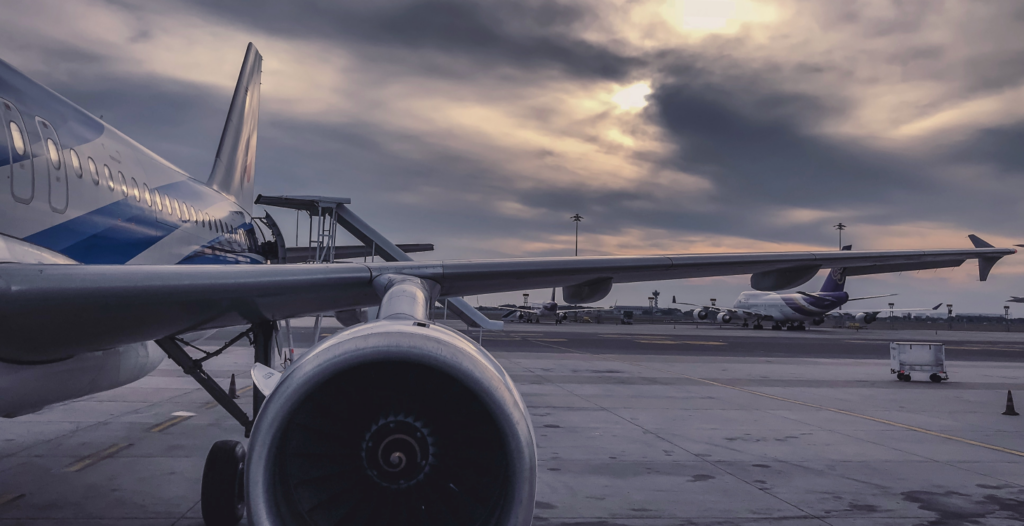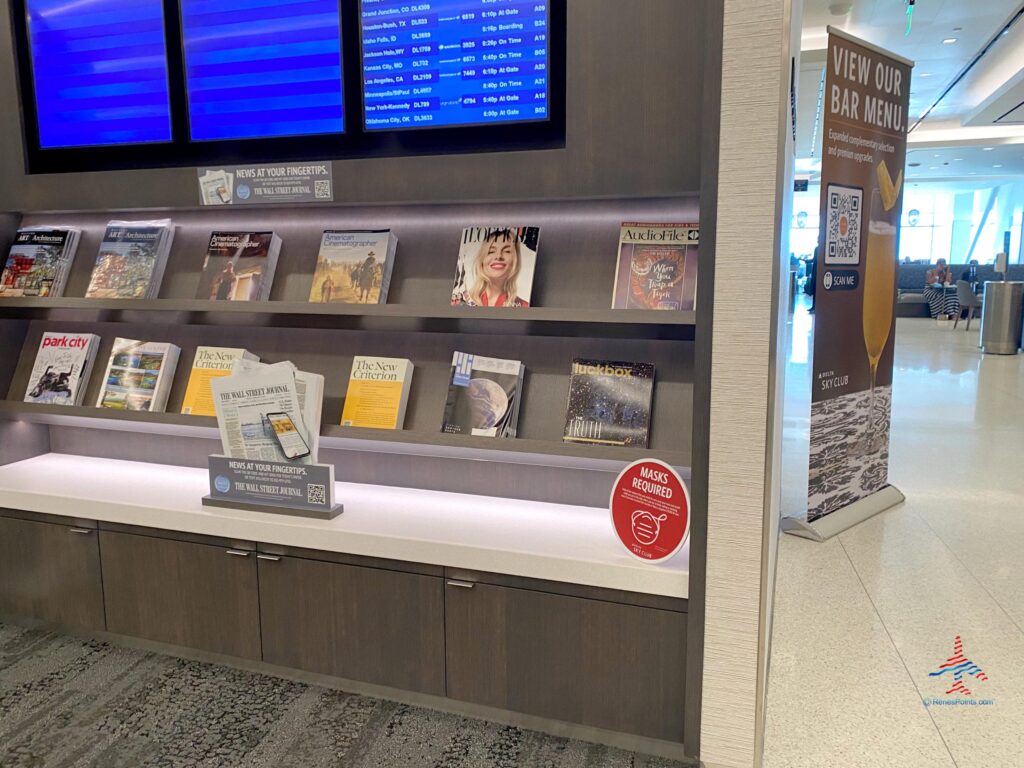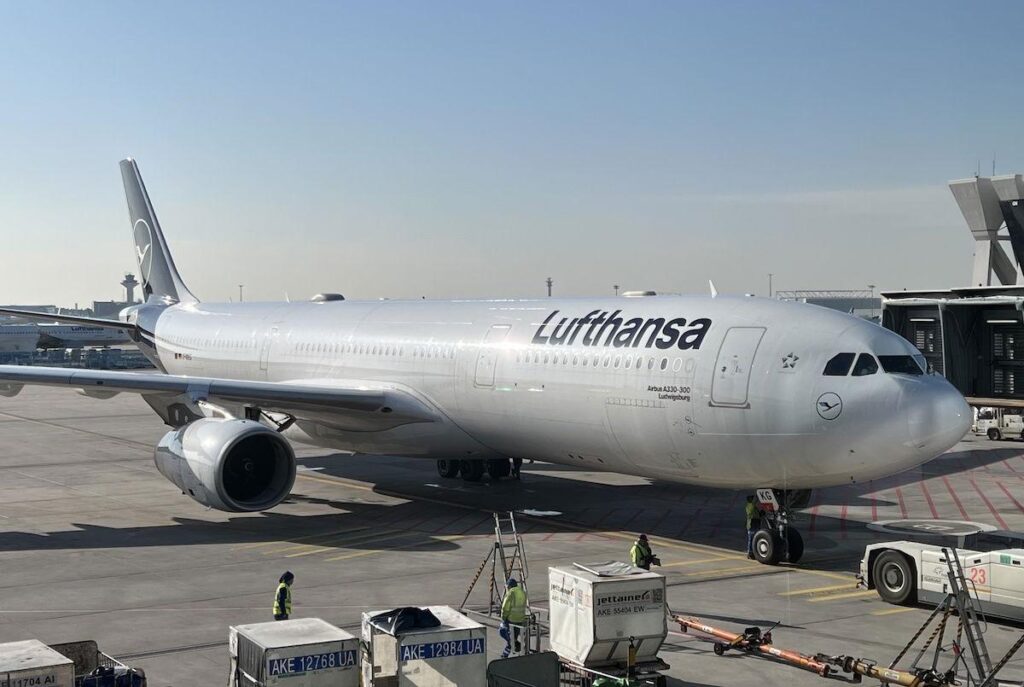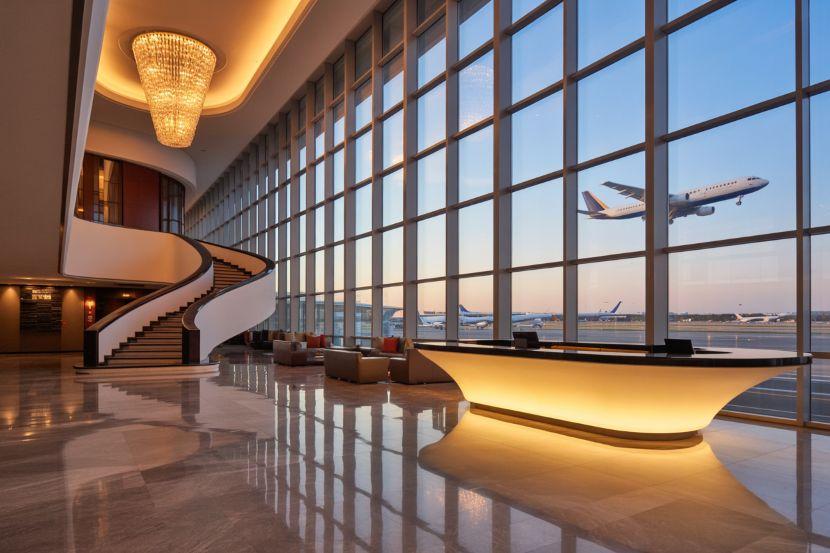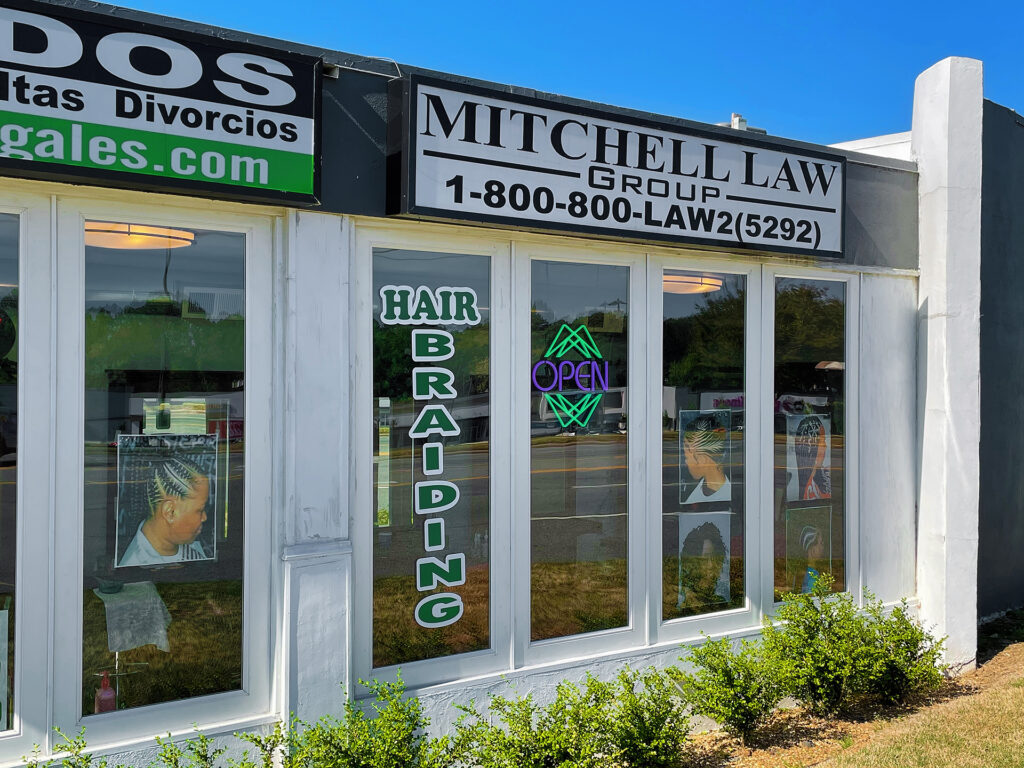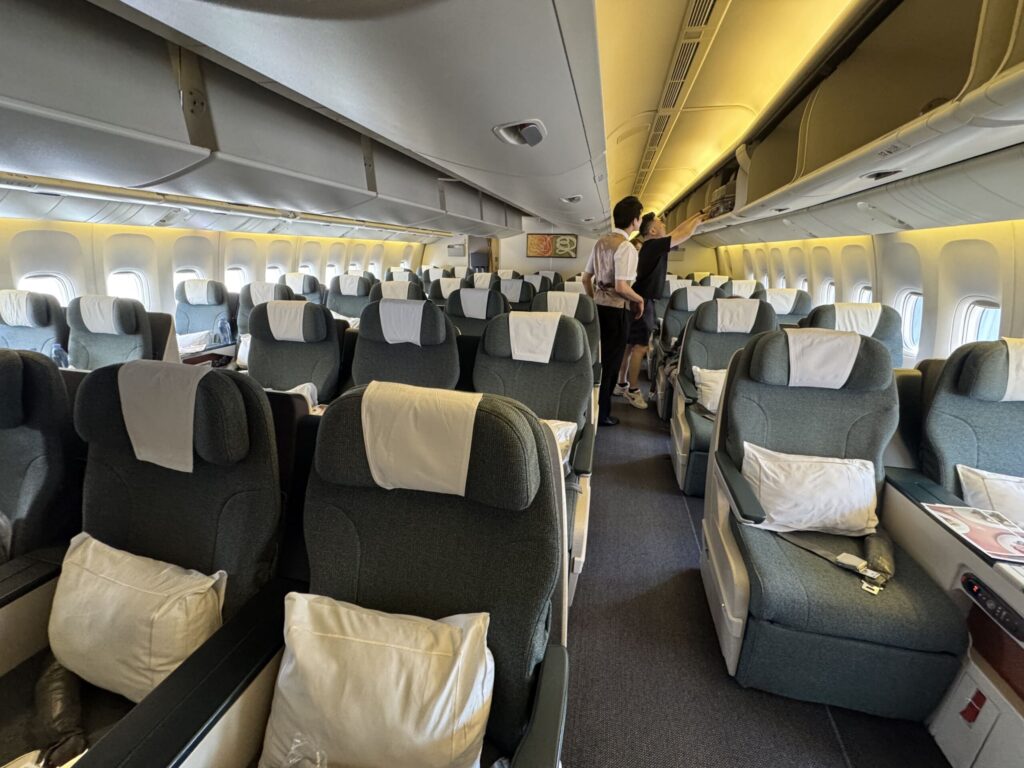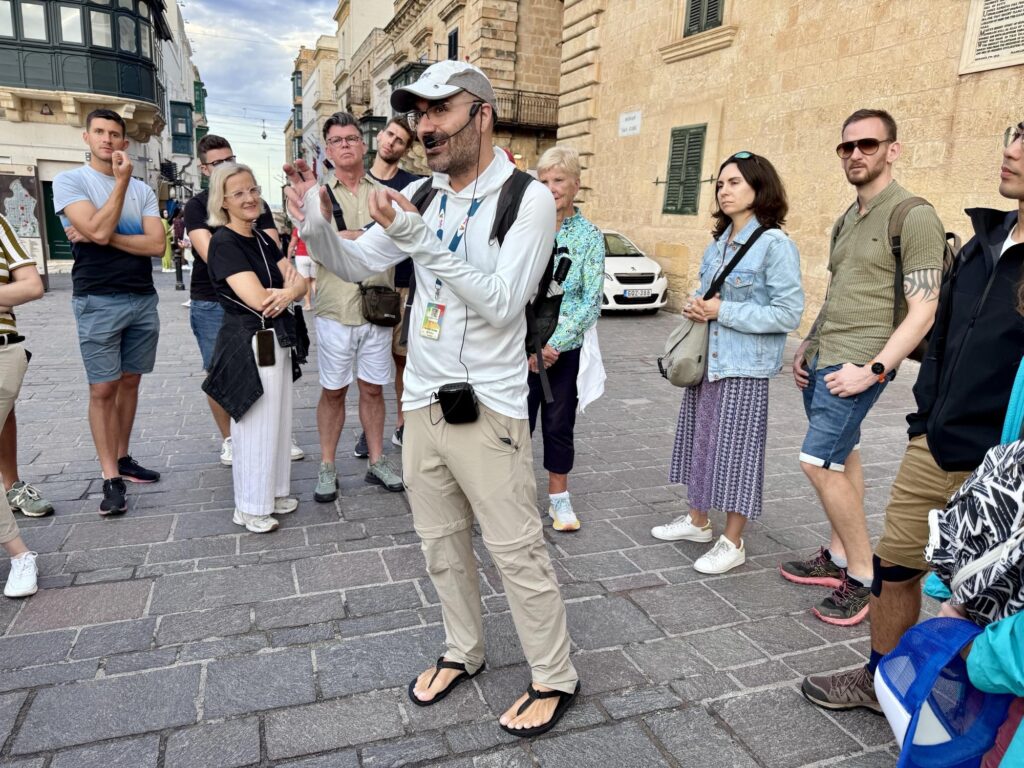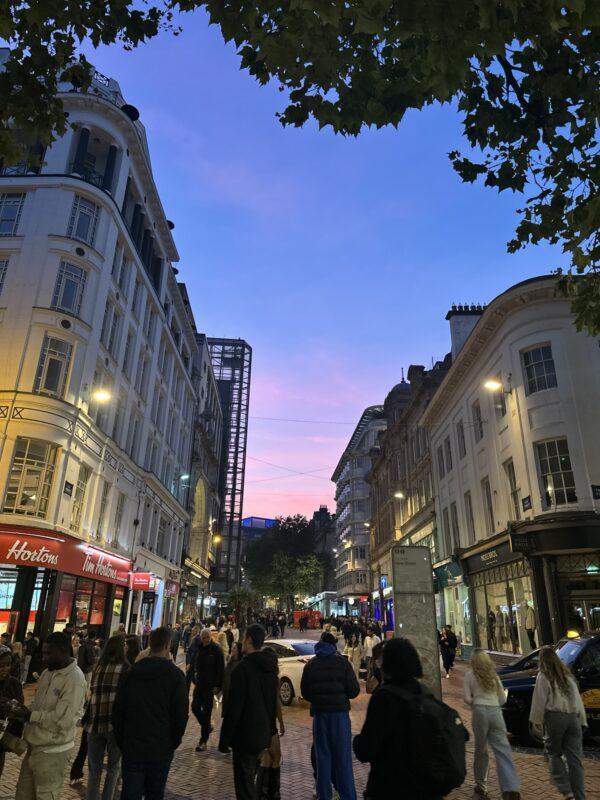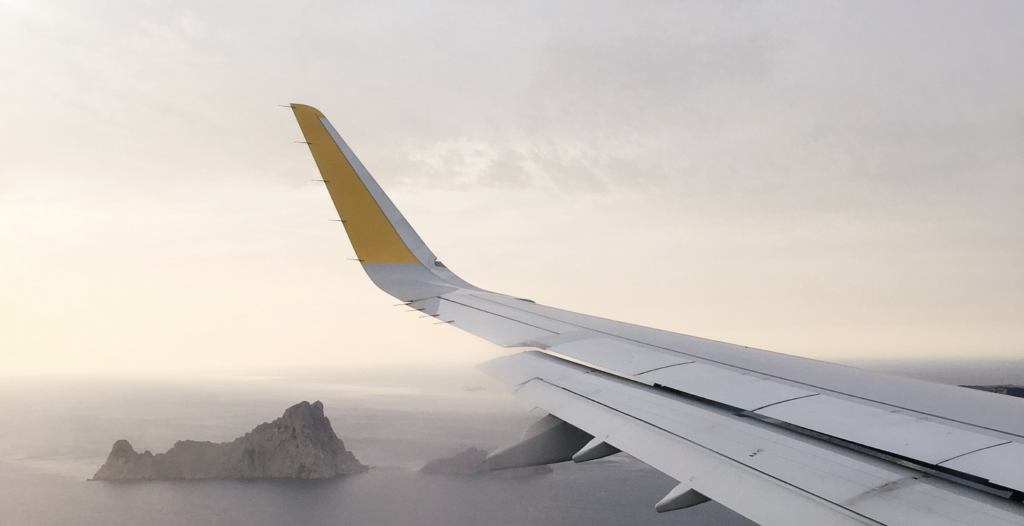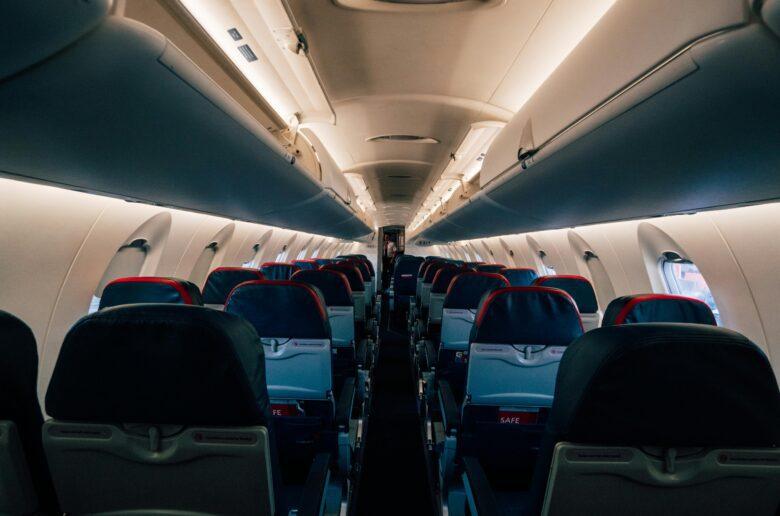
A Frequent Flyer’s Guide to Venice’s New Tourist Fees
I’ve always been fascinated by Venice’s tangle of narrow streets and shimmering canals. There’s something nearly magical about stepping off a boat and finding yourself in a place where every bridge seems to lead to a postcard-worthy scene. But like many popular destinations, Venice has grappled with overtourism. Now that it’s 2025, the city ensures day visitors have clear guidelines—and fees—to help manage the crowds and safeguard its cultural treasures.
Overview of Venice’s Day-Trip Fee
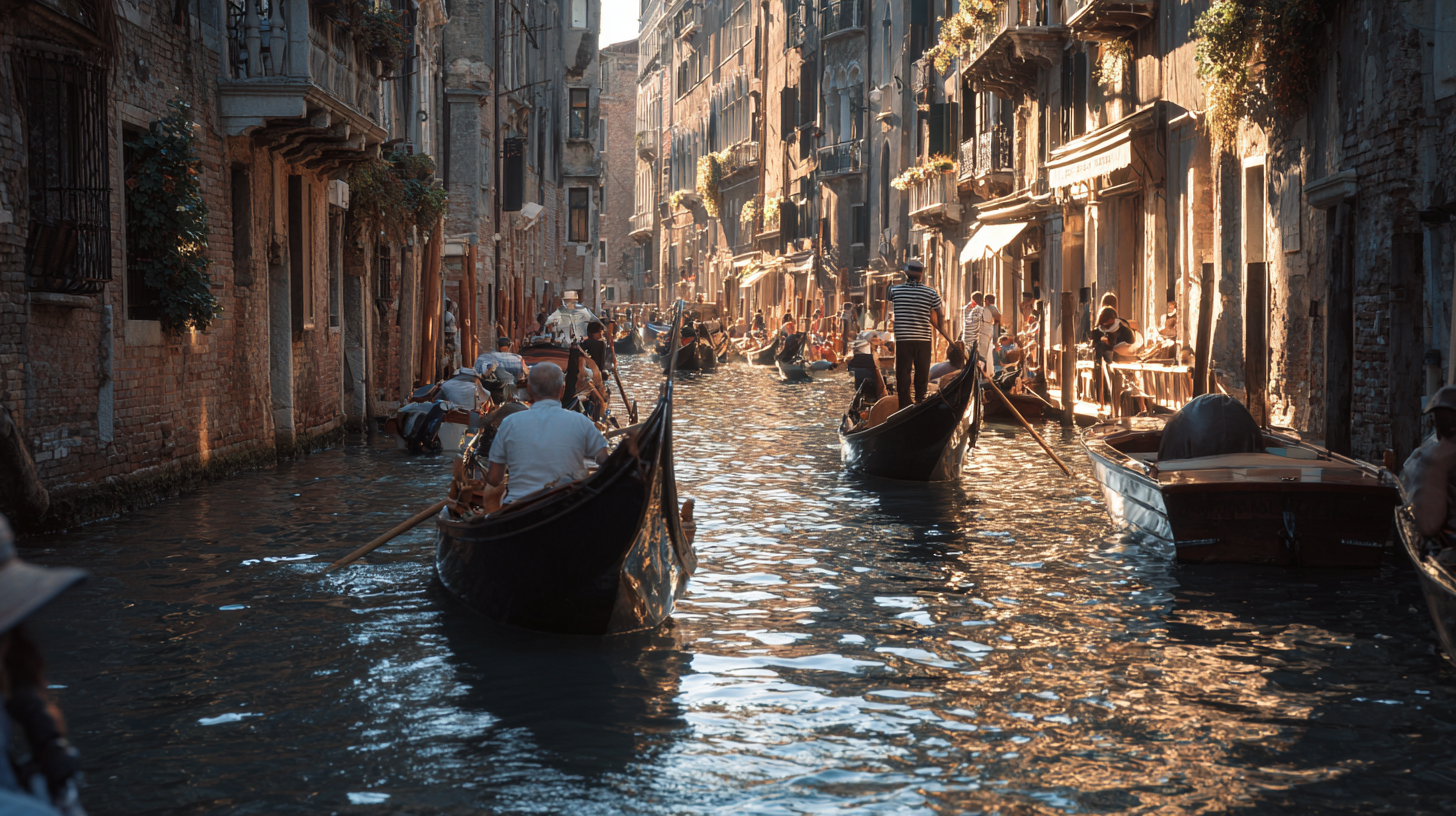
What began in 2024 as a €5 entry fee on 29 peak dates has expanded to 54 days in 2025. Typically spanning Fridays, Saturdays, Sundays, and public holidays from April 18 to July 27, this fee applies between 8:30 a.m. and 4 p.m. for day visitors aged 14 and up. I’ve seen firsthand how these peak windows can get incredibly crowded, with lines sometimes ballooning around popular sites like St. Mark’s Square. According to official data from the Venetian Tourism Office, the city welcomes several million visitors each year, prompting local leaders to explore new crowd-management strategies.
The process is straightforward: if you’re planning a quick day trip to wander Venice’s winding alleys and hop on that classic gondola ride, you need to register online and receive a QR code. The fee ranges from €5 for early bookings (four days in advance) to €10 for last-minute purchases. I’ve learned from personal experience that staying organized and having that QR code ready can save you from potential penalties—random checks do occur, and fines for failing to pay or register can be hefty.
Some travelers might be wary about the fees, but local authorities emphasize that this revenue goes back into preserving the lagoon environment, maintaining historic structures, and ensuring Venice remains accessible for future generations. After seeing local sentiment shift over the years, I’ve noticed more Venetians welcoming this approach, as it balances tourism benefits with the need to protect their unique home.
The Overnight Tax Explained
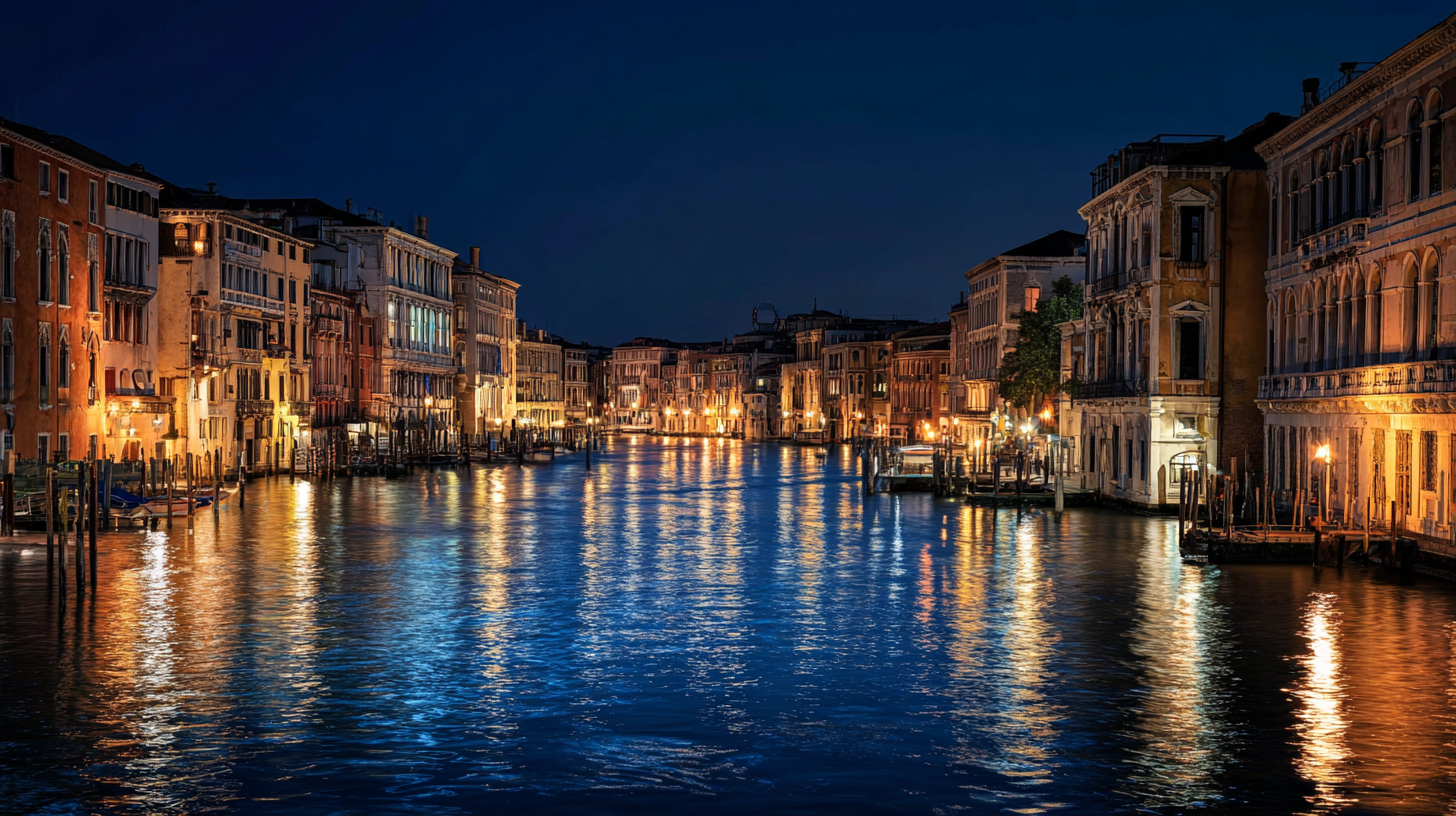
Venice has an existing overnight tax that has been around for a while—an amount that varies based on accommodation type, season, and location within the city. From plush five-star hotels overlooking the Grand Canal to the more modest B&Bs tucked away in quiet neighborhoods, you might pay this tax for up to five nights. If you book accommodations in Venice, you’re exempt from the day-tripper fee because you’re already contributing to city maintenance.
In my own travels, I’ve stayed at both high-end and budget-friendly spots and found this tax to be a fair trade-off. It helps manage critical restoration efforts—like reinforcing city foundations and upgrading water transport infrastructure—while encouraging visitors to stay longer and immerse themselves in Venetian culture. A recent study suggests that these funds have already been used to support small-scale projects, such as preserving centuries-old statues and bolstering canal embankments prone to seasonal flooding.
Over the years, local officials have stressed that collecting revenue from overnight stays helps offset the wear and tear that Venice experiences daily. If you’re planning a trip, double-check whether your accommodations have already factored this tax into your room cost or if you should expect to pay it upon arrival.
How to Pay and Obtain Your QR Code
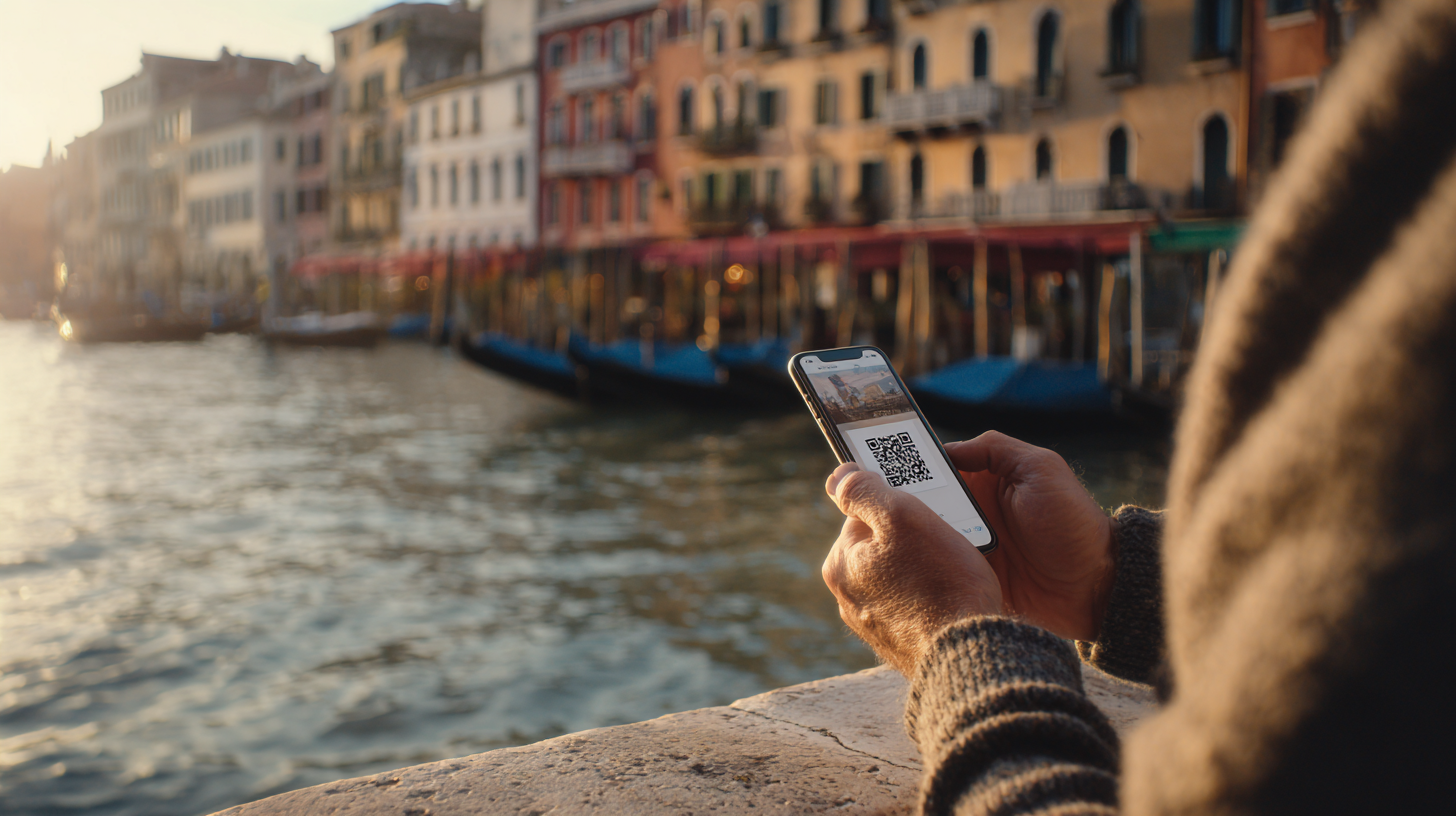
Paying the day-tripper fee is now a matter of logging onto official portals like the VeniceVisitPass website and registering your details. You’ll receive a QR code, which I recommend screenshotting or saving in your mobile wallet—this ensures you can easily pull it up during spot checks. While the process has mostly gone digital, I’ve met worldly travelers who’ve sometimes encountered connectivity issues. My best tip is to have a backup: email the code to yourself or a travel companion just in case.
As for the cost, Venice rewards early planners. Book four or more days before your arrival, and the fee remains at €5. If you wait until the last minute, it can jump to €10. Younger travelers under 14, along with locals, students, property owners, employees, and disabled visitors, don’t have to pay—but they’re still encouraged to register and carry a QR code for entry tracking. I appreciate how this system tries to balance visitor convenience with preservation needs.
According to industry data, travelers who plan in advance tend to spend less time in queues and have fewer hassles overall. If you’re the spontaneous type, you can still show up on a whim—just expect a higher fee and the potential for brief registration lines at kiosk stations in the city.
Taming the Tourist Crowds
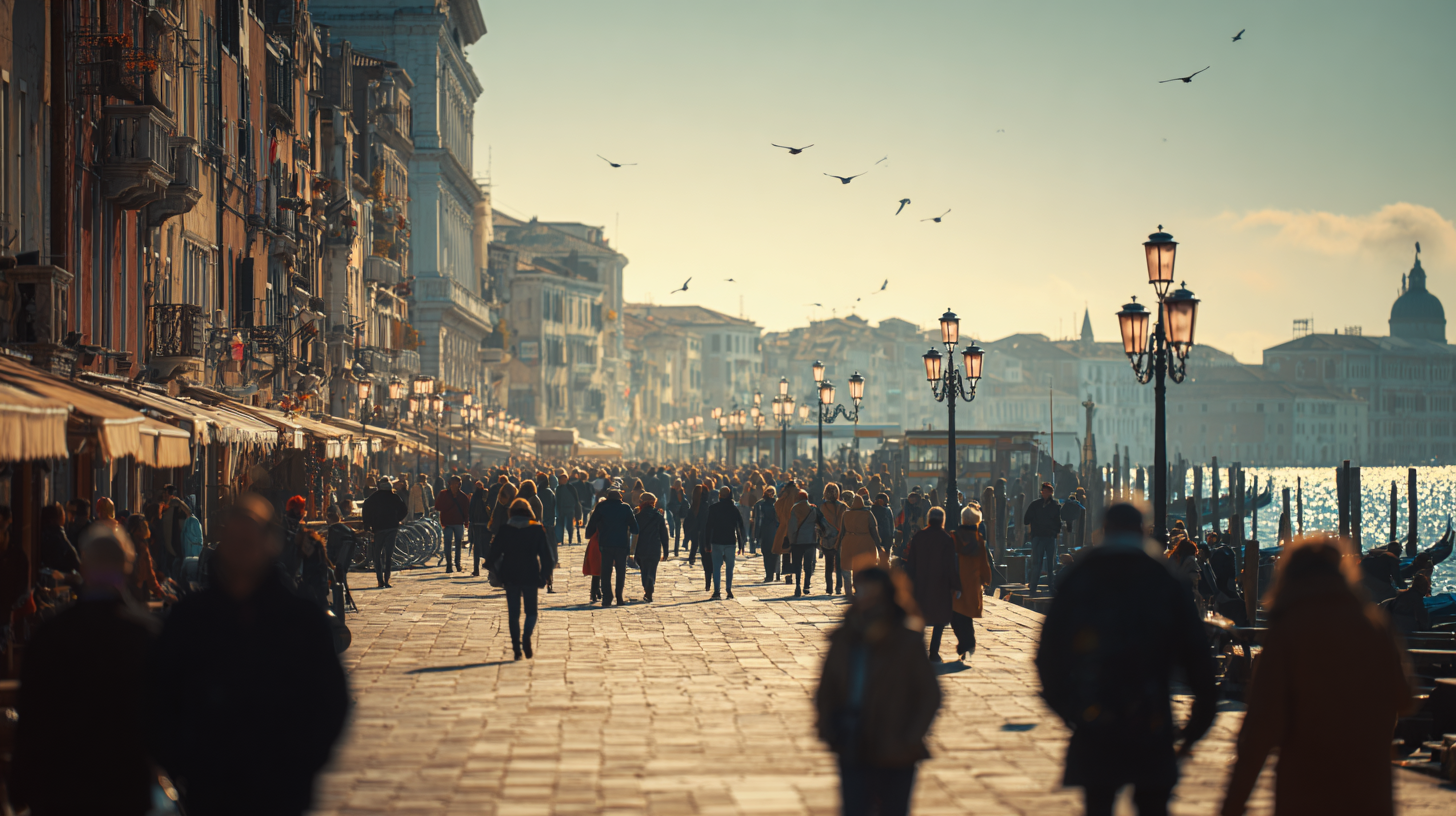
Venice has explored a variety of methods to manage mass tourism: from partial cruise ship bans to booking systems for major attractions. In my observation, the changes aren’t meant to keep people out but to encourage more mindful visits. I’ve found it especially helpful to visit popular sites like St. Mark’s Basilica either right at opening or later in the afternoon, when the midday rush subsides.
For budget-conscious or frequent travelers, options like the Rolling Venice Card (aimed at those under 29) or the flexible Venezia Unica Card can unlock discounted attractions and public transit routes. Personally, I often grab a multi-day ACTV pass—it covers water buses and local transport around the lagoon islands, which is crucial for exploring gems like Murano or Burano without constantly queuing for tickets.
According to travel trend reports, time-of-day strategy is key. If you see a cluster of cruise ships docked in the morning, try to plan a later arrival or target less-frequented neighborhoods. This approach can help you avoid crowds and find those hidden canals where everyday Venetian life effortlessly unfolds before your eyes.
Top Five Must-See Spots in Venice
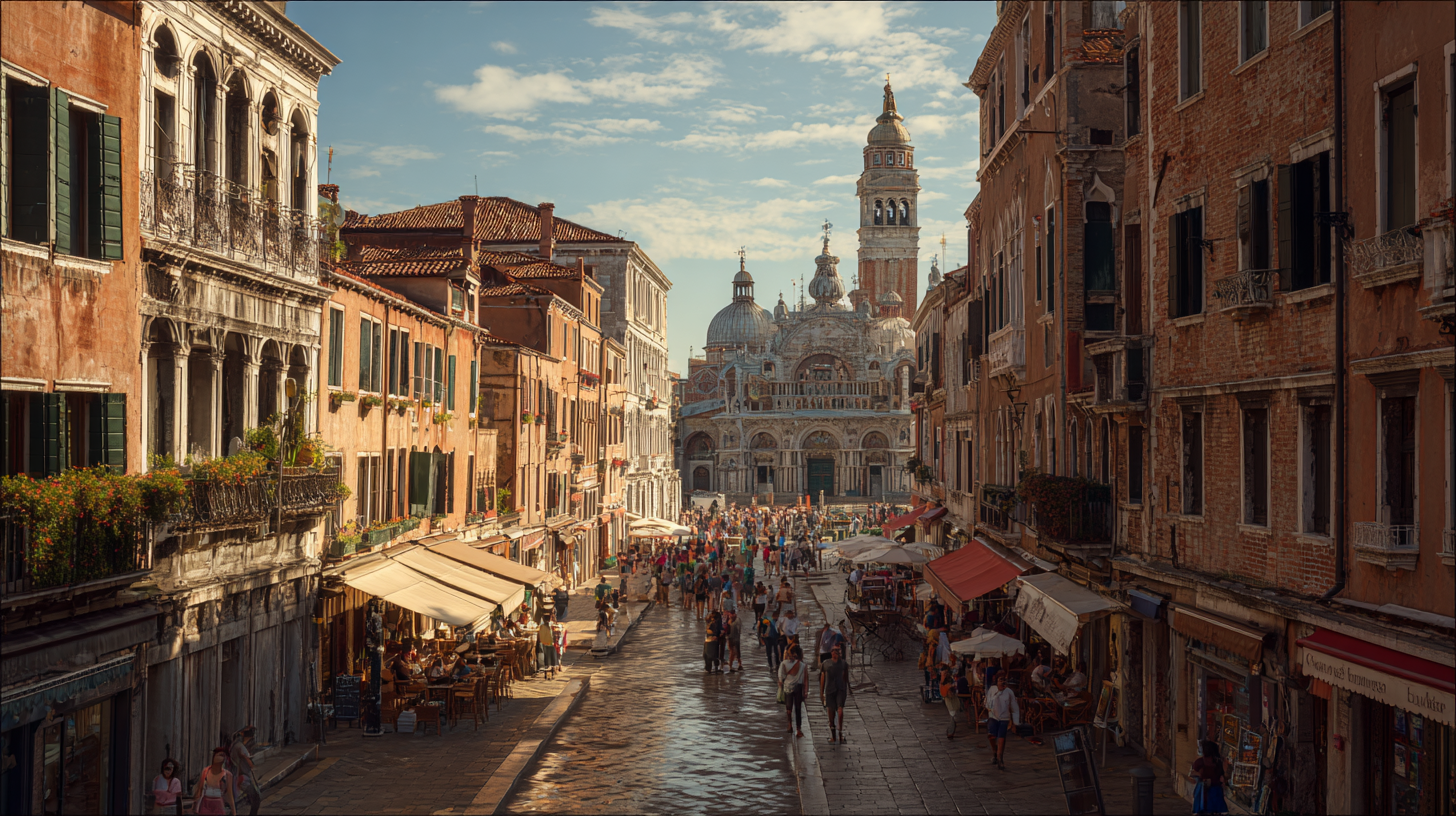
1. St. Mark’s Basilica: I’ve stood in awe of the glittering mosaics in this cathedral more times than I can count. Each visit feels brand-new, thanks to the basilica’s ever-changing interplay of light through stained-glass windows.
2. Rialto Bridge: This iconic bridge treats you to sweeping Grand Canal views. It’s the perfect place to snap a photo that captures Venice’s postcard essence, especially when the sun hits the water just right.
3. Doge’s Palace: Once a center of political power, this Gothic marvel’s grandeur is felt in every crevice. I love imagining the old days of Venetian aristocracy as I wander through its ornate courtyards and corridors.
4. Secret Back Canals: While the main streets can be bustling, I’ve discovered quieter back alleys and tiny neighborhood squares that give a hint of everyday Venetian life. You’ll come across mom-and-pop trattorias serving up authentic cicchetti.
5. Oasi CasaMaras: This local gem puts you close to cultural events, with easy access to the lagoon islands. I stayed here once and found it a perfect mix of convenience and genuine Venetian hospitality.
Final Thoughts
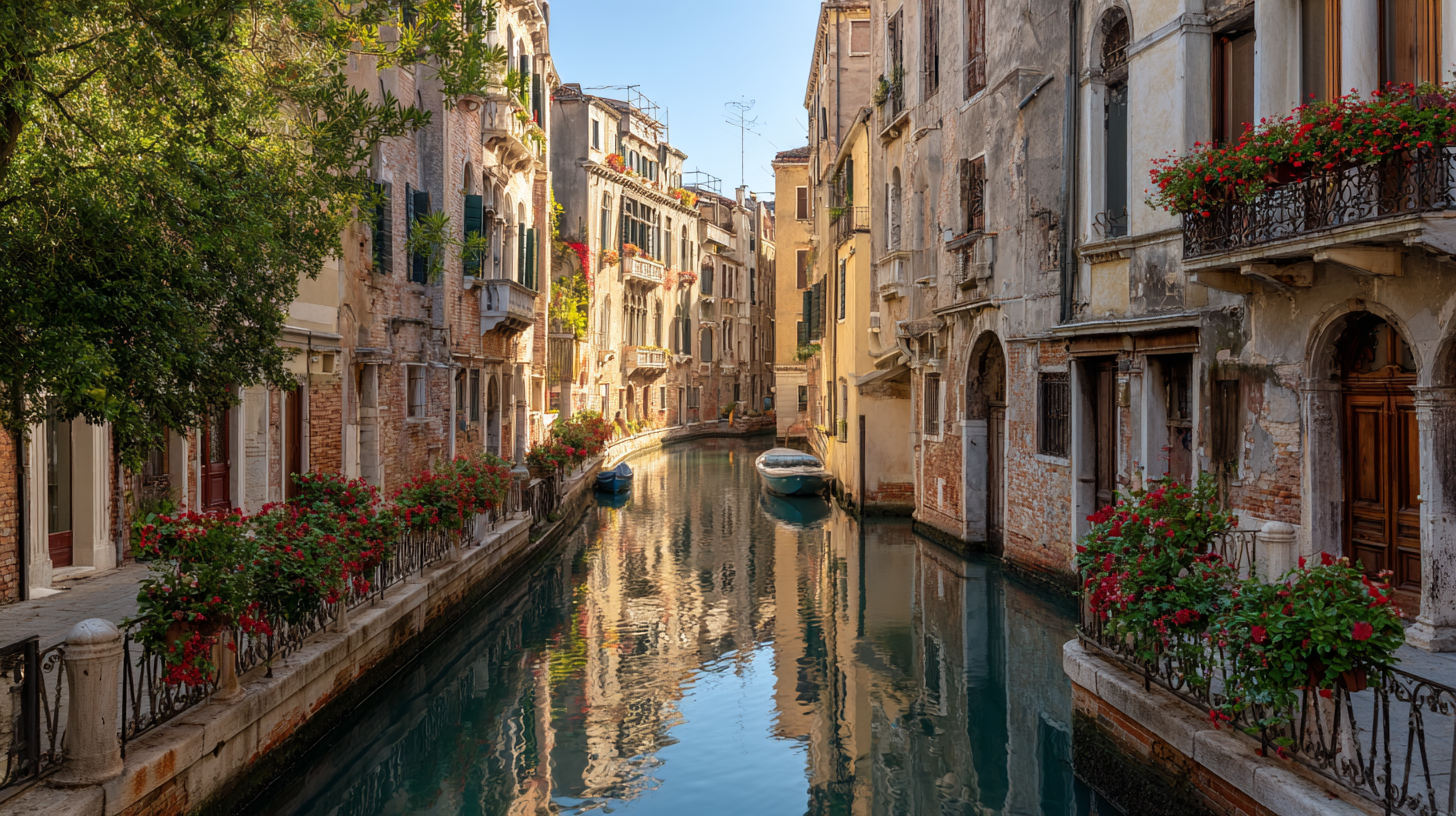
Venice’s day-tripper fee and overnight tax aren’t mere bureaucratic hoops—they’re strategic attempts to keep the city’s heritage alive for future generations. By embracing these processes, we can pave the way for more sustainable travel habits and a far richer cultural experience. Whether you’re coming in for the day or staying the week, a bit of forethought goes a long way. Registering for your QR code, planning your itinerary, and understanding your part in Venice’s preservation efforts can transform a hurried trip into a truly immersive journey.
From my vantage point, Venice’s recent policies are not about limiting fun or spontaneity. They’re about granting each visitor a chance to experience the grandeur of a place that’s thrived for centuries, all while ensuring that these canals remain enchanting for future adventurers.
Brad Lightall’s Take
I’ve always admired how Venice delicately balances modern tourism with centuries of history floating just below the waterline. Seeing the city actively manage those visitor flows is refreshing. In my view, these fees aren’t barriers, but rather stepping stones toward a more intentional way to explore this Italian treasure.
If you ask me, Venice has never been a “one-size-fits-all” city. Every visitor has a unique adventure waiting—fueled by small bridges, hidden piazzas, and plates of fresh seafood on a floating terrace. Coming prepared only makes the experience all the more spectacular.
Stay with us at BoardingArea for more.

